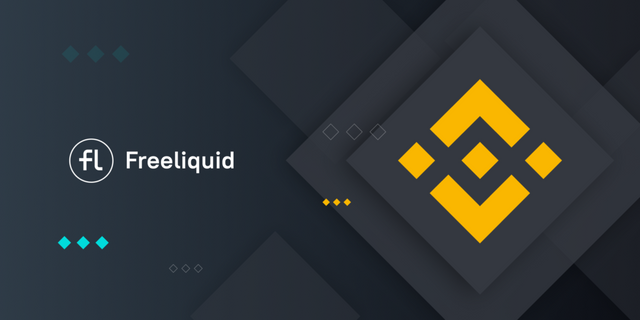How BSC DeFi Liquidity Providers Can Grow Their APYs Via LP-Collateralized Loans

The decentralized finance market is actively shorting banks worldwide by providing users with friction-free financial instruments, usable for all purposes imaginable. From crypto-collateralized loans that entail no credit checks or submission of personal data, to earning huge APYs by depositing liquidity on Automated Market Makers (AMMs), everything happens in a decentralized and non-custodial manner, staying true to the cryptocurrency ethos of trustless financial systems.
Any DeFi user is aware that opportunity rests just around the corner, with most enthusiasts earning above 10% on their investments. Since we find ourselves in the middle of the bull market, users wish to attain even higher profits on their investments. An understandable desiderate, but oftentimes impossible due to a lack of additional liquidity. Converting more fiat is possible, but not always an option. On the other hand, standard crypto-collateralized loans do indeed provide additional liquidity without missing out on coin value growth, but the digital assets must be idle.
What happens when you’re a liquidity provider, with most of your portfolio deposited on AMMs like Uniswap or PancakeSwap? Collateralizing your crypto in exchange for a loan now entails missing out on yields, so it’s no longer an option.
Luckily, there’s a way to further increase yields without losing out on LP-based APYs.
Collateralize Your LP Tokens for Stablecoin Loans with Freeliquid
Freeliquid represents an advanced DeFi lending protocol that allows LP providers to fund loans equal to 90% of their liquidity pool shares. Currently available on Ethereum, but soon on the Binance Smart Chain, credits are given out in USDFL, an algorithmic stablecoin that’s soft-pegged to the value of the US Dollar. With zero interest rates and flexible terms, smart usage of Freeliquid’s lending product leads to significantly higher APYs.
Once a loan has been obtained, the funds can yet again be deposited in a liquidity pool, unlocking more LP tokens. Further collateralization is available on-demand, allowing users to obtain multiple loans. If the additional liquidity is reinvested into a stablecoin pool provided by Uniswap or Curve’s 3pool, users’ APYs are destined to see formidable growths.
Access to the collateralized LP tokens is regained as soon as the USDFL loan is paid back. In the case of Curve, users get to keep their CRV farming rewards once repayment is made.
At this point in time, Freeliquid collateralizes LPs for Uniswap’s and Curve’s USDT, USDC, and DAI liquidity pools.
Now on Ethereum, Soon on BSC
Smart contract interaction on Ethereum entails high gas fees, which makes lending inefficient for low-volume DeFi enthusiasts. Freeliquid is well-aware of this issue, and following a successful community vote by FL governance token holders, the lending protocol is now expanding to the Binance Smart Chain.
The expansion is scheduled for the 2nd quarter of the current year, and once live, it’ll make LP collateral lending accessible to anyone, regardless of the available capital. Moreover, it’ll also bring along access to billions in additional liquidity, offering great benefits to current Freeliquid users.
The team is also developing an ETH-BSC bridge designed to seamlessly transfer USDFL and FL coins between the two blockchains, facilitating side-by-side operations. More information on the expansion is accessible via Freeliquid’s Medium.
Expected Results for Freeliquid Lenders
Since the lending process can be repeated several times over, Freeliquid users are given a competitive advantage over those who only rely on their original capital. A non-custodial savings function has been implemented as well, providing users with automatic earnings on their USDFL stakes. Since reaping yields has never been easier, and with zero interest fees and flexible terms, it’d be a shame to miss out on higher DeFi gains.